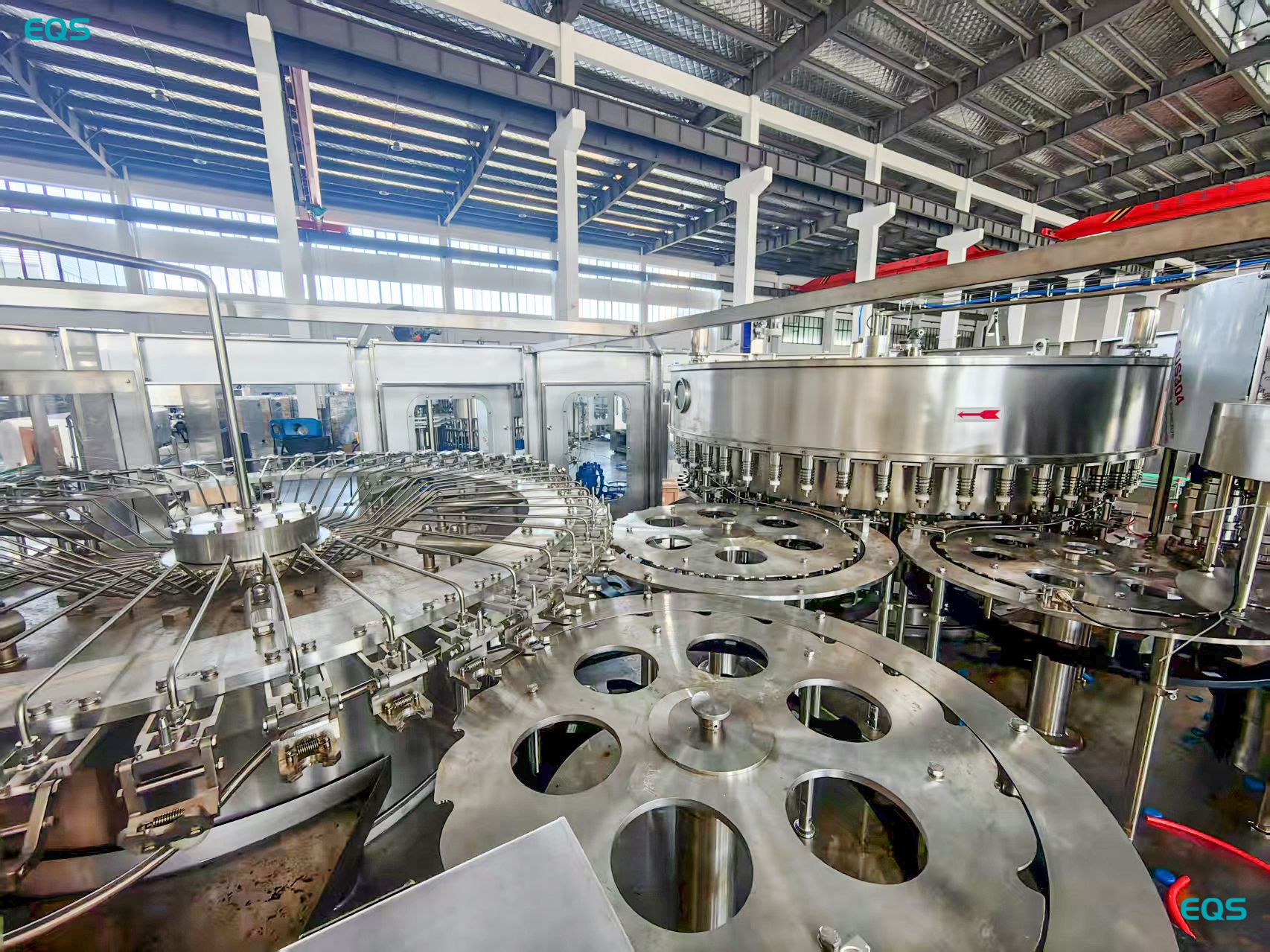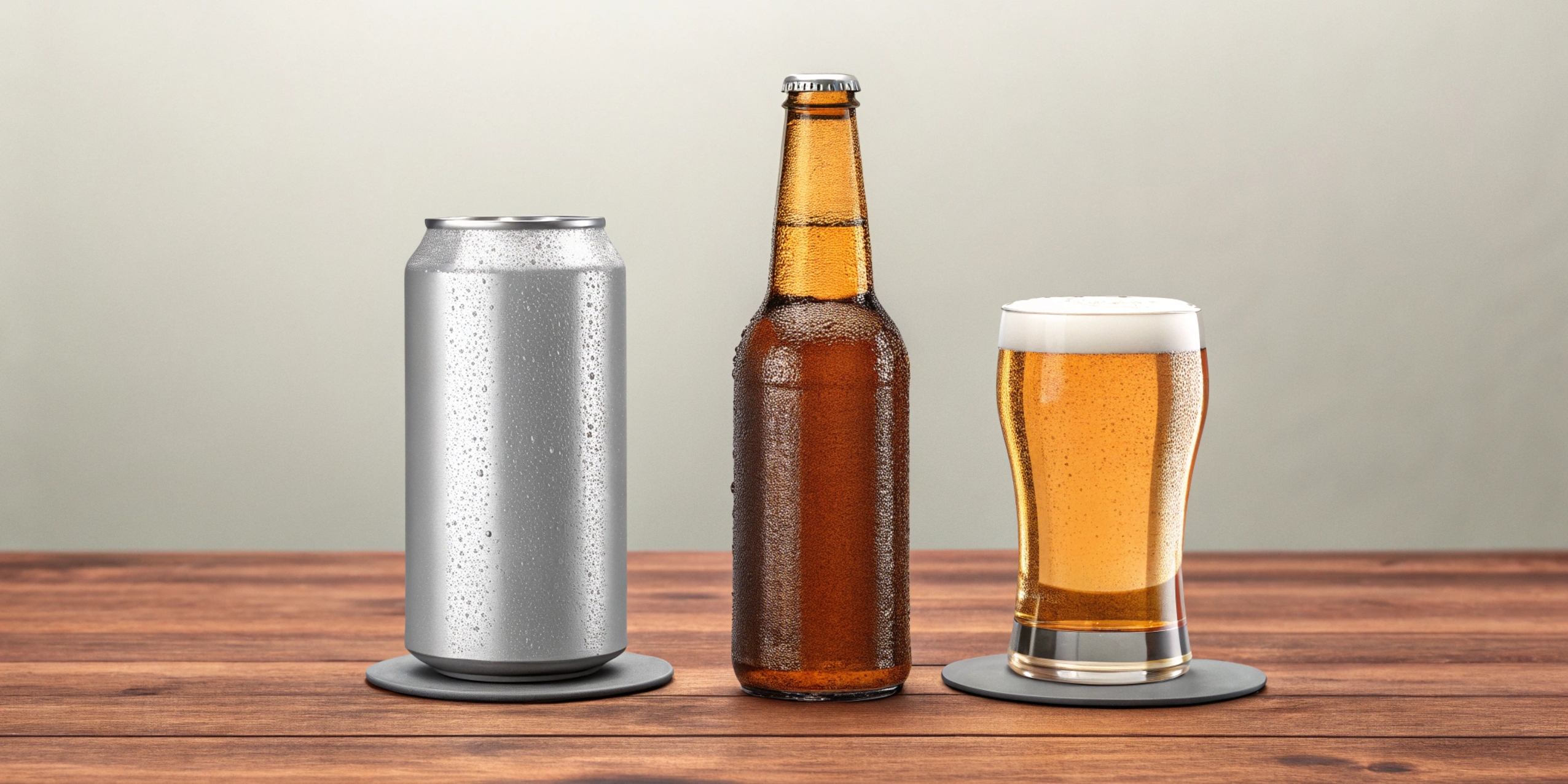What is a filling machine, and how does it work?
Leading paragraph:
Ever wonder how your favorite products get into those perfectly filled containers? It's all thanks to the filling machine!
Snippet paragraph:
A filling machine is a device that automatically dispenses liquids, powders, or granules into containers. It's used in industries like food, chemical, and pharmaceuticals to ensure accurate and consistent filling.
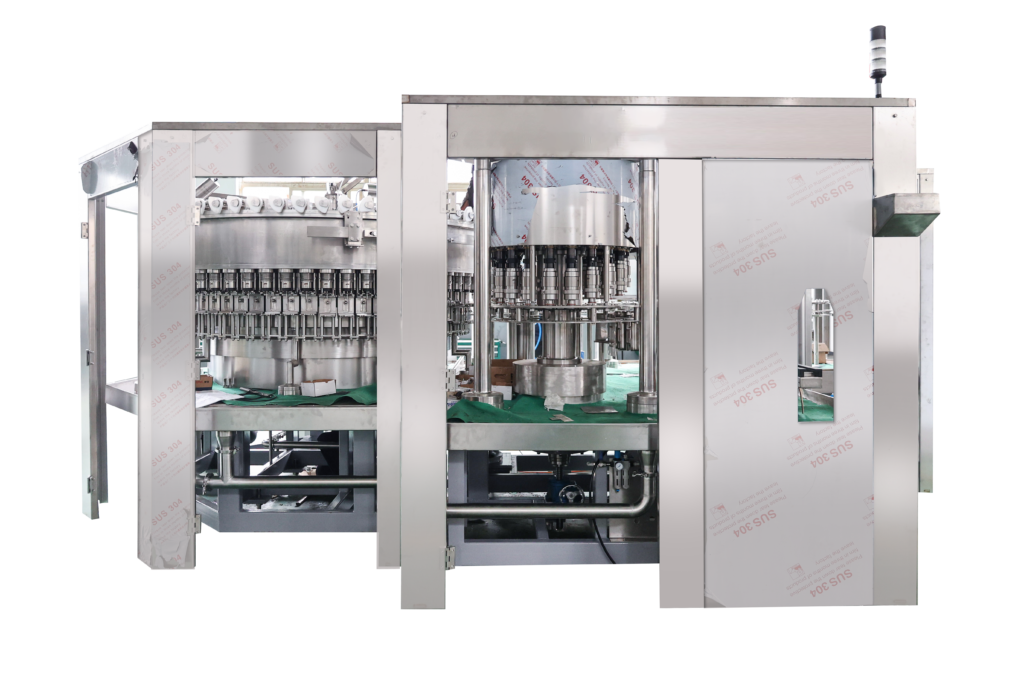
Transition Paragraph:
Let's dive deeper into the workings and applications of these essential machines.
How does a filling machine work?
Leading paragraph:
From simple liquids to complex creams, filling machines handle it all. But how does a filling machine actually work?
Snippet paragraph:
Filling machines use various methods to dispense materials, including volumetric filling, gravity filling, and pump filling. Sensors and controls ensure precise and consistent amounts are dispensed into each container.
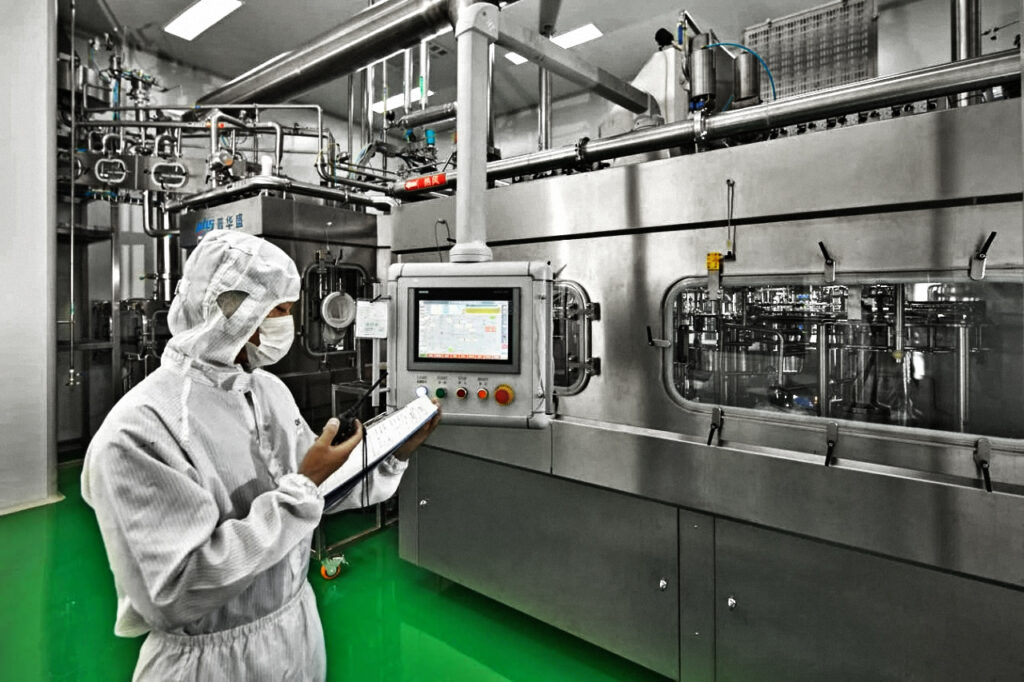
Dive deeper Paragraph:
The way a filling machine works depends on the type of material being filled and the desired accuracy:
- Volumetric Filling: This method uses pistons, cylinders, or cups to measure and dispense a specific volume of material. It's ideal for liquids and semi-liquids.
- Gravity Filling: This method relies on gravity to fill containers to a specific level. It's commonly used for free-flowing liquids like water and juices.
-
Pump Filling: This method uses pumps to dispense a precise amount of material. Different types of pumps, such as peristaltic or gear pumps, can be used depending on the viscosity and properties of the material.
Sensors play a crucial role in ensuring accurate filling. They detect the presence of containers, monitor fill levels, and provide feedback to the control system. The control system adjusts the filling process in real-time to maintain consistency and minimize waste. As a filling machine supplier, EQS can help you select a filling machine according to your product features.
What is the use of filling machine?
Leading paragraph:
Filling machines are everywhere, but you might not realize it. What exactly are filling machines used for?
Snippet paragraph:
Filling machines are used to automate the process of filling containers with various materials. They increase efficiency, accuracy, and hygiene in industries ranging from food and beverage to pharmaceuticals and cosmetics.
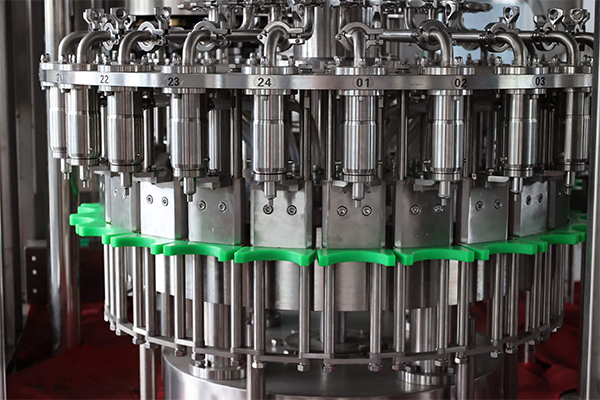
Dive deeper Paragraph:
Here are some key applications of filling machines across different industries:
- Food and Beverage: Filling bottles with water, juice, milk, and other beverages. Filling jars with sauces, jams, and preserves.
- Pharmaceuticals: Filling vials and bottles with liquid medications, vaccines, and other sterile products.
- Cosmetics: Filling bottles and tubes with lotions, creams, shampoos, and other personal care products.
-
Chemicals: Filling containers with cleaning solutions, solvents, and other industrial chemicals.
Filling machines offer several advantages over manual filling methods. They increase production speed, reduce labor costs, improve accuracy, and minimize the risk of contamination. This makes them essential for any business that needs to fill a large number of containers quickly and efficiently.
What does a machine operator filling machine do?
Leading paragraph:
Behind every efficient filling machine is a skilled operator. But what are their responsibilities?
Snippet paragraph:
A filling machine operator is responsible for setting up, operating, and maintaining filling machines. They monitor the filling process, troubleshoot issues, and ensure the machines run smoothly and efficiently.
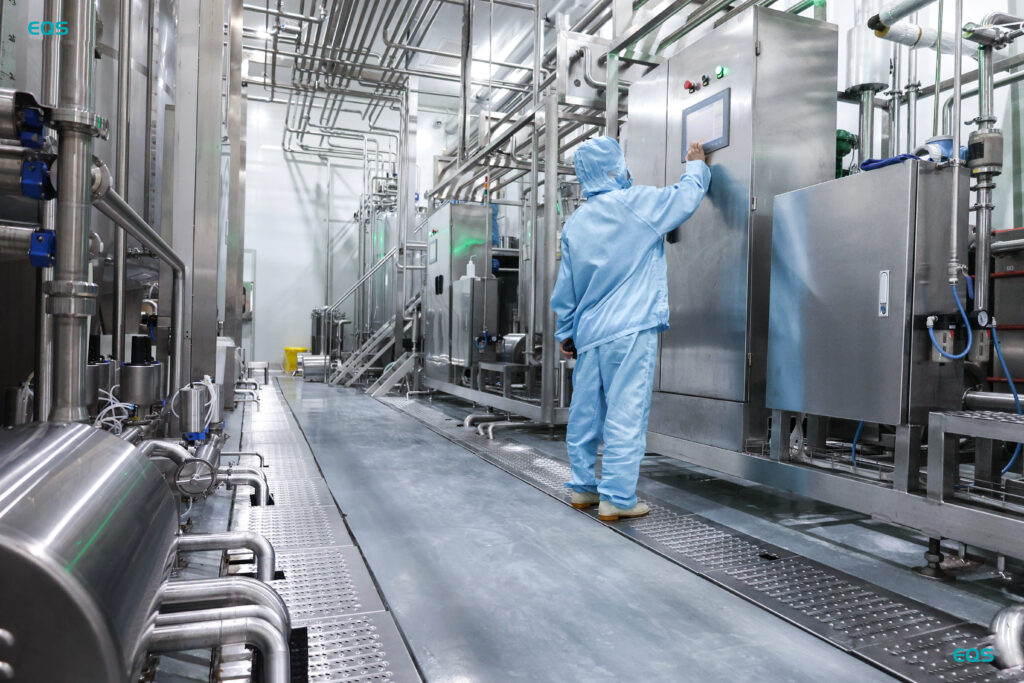
Dive deeper Paragraph:
The responsibilities of a filling machine operator can vary depending on the complexity of the machine and the specific industry, but here are some common tasks:
- Setup: Setting up the filling machine according to the product being filled and the container size. This may involve adjusting filling volumes, calibrating sensors, and loading containers.
- Operation: Monitoring the filling process to ensure that the machine is running smoothly and that containers are being filled accurately.
- Troubleshooting: Identifying and resolving any issues that may arise during the filling process, such as machine malfunctions or product spills.
- Maintenance: Performing routine maintenance on the filling machine, such as cleaning, lubricating, and replacing worn parts.
-
Quality Control: Ensuring that the filled containers meet quality standards, such as proper fill levels and accurate labeling.
A skilled filling machine operator plays a crucial role in ensuring the efficiency and reliability of the filling process. They need to have a good understanding of the machine's operation, be able to troubleshoot problems, and be committed to maintaining quality standards.
Conclusion
Filling machines are essential for modern manufacturing, ensuring products are accurately and efficiently packaged. They help improve productivity and maintain quality across various industries.
My name is Allen, and I'm an expert in filling machine technology at EQS (eqsfilling.com), a leading liquid packaging solution provider based in China. If you're looking for top-quality filling machines for your production line, feel free to reach out to me at [email protected]. We specialize in providing customizable solutions with cutting-edge technology.


